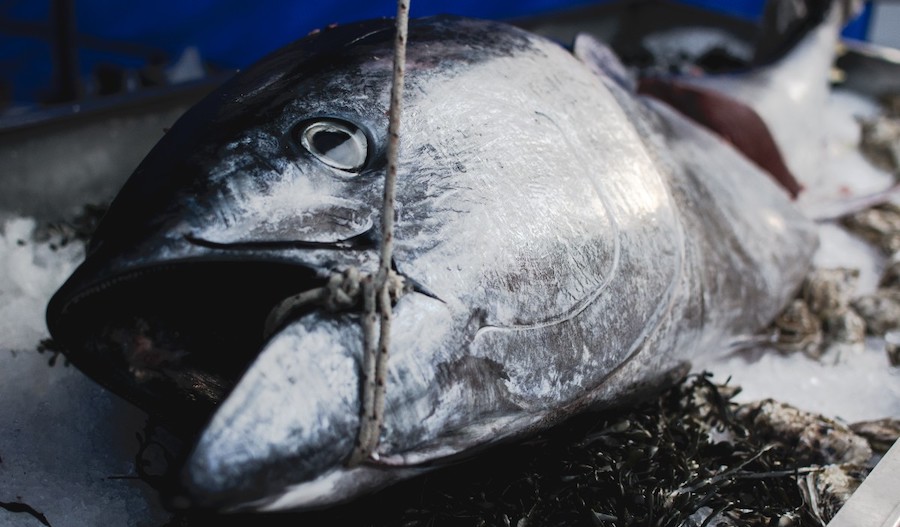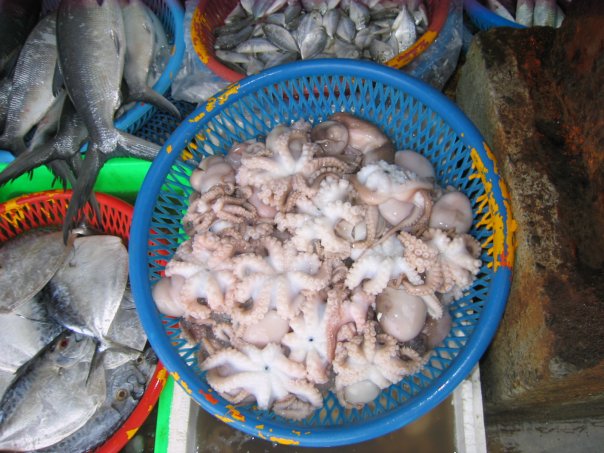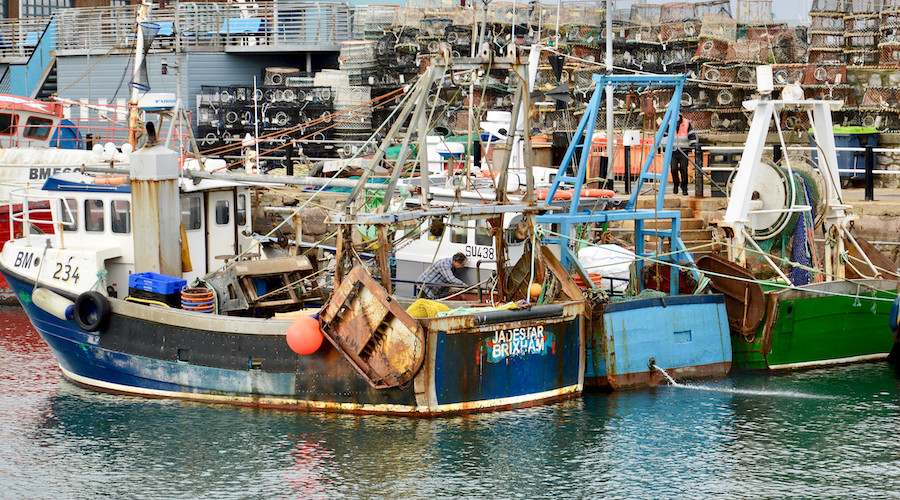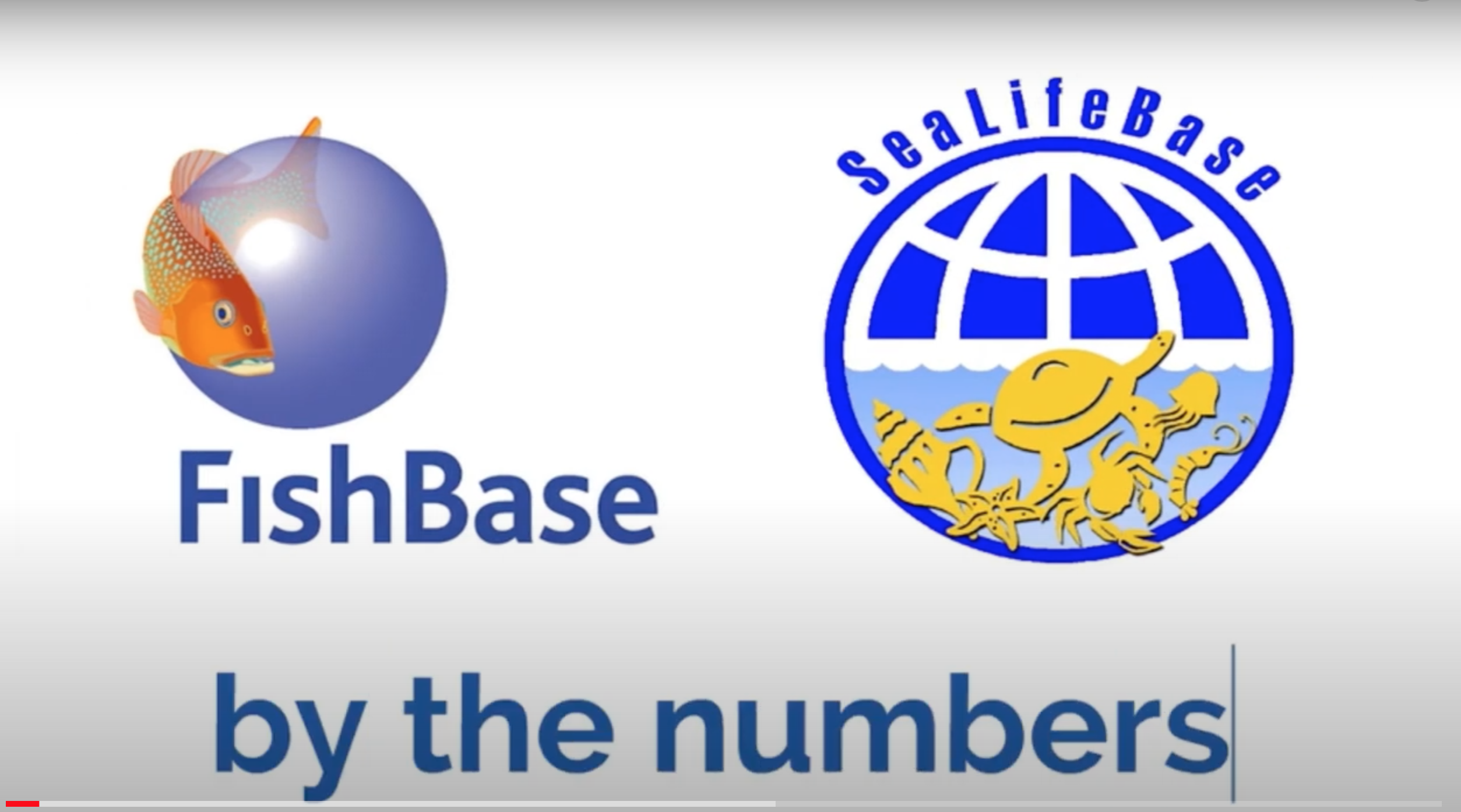
Bluefin tuna. Image from Pxhere, CC0.
Bluefin tuna, swordfish and Atlantic mackerel are among the fish species considered commercially extinct or extirpated on the Turkish side of the Marmara and Black Seas.
A new study by researchers with the Sea Around Us initiative at the University of British Columbia, Mersea Marine Conservation Consulting, Turkey’s Central Fisheries Research Institute and the Institute of Marine Sciences and Management at the University of Istanbul, found that 17 fish species have been extirpated and 17 are commercially extinct in Turkey’s Black Sea, while 19 have been extirpated and 22 went commercially extinct in the Sea of Marmara.








